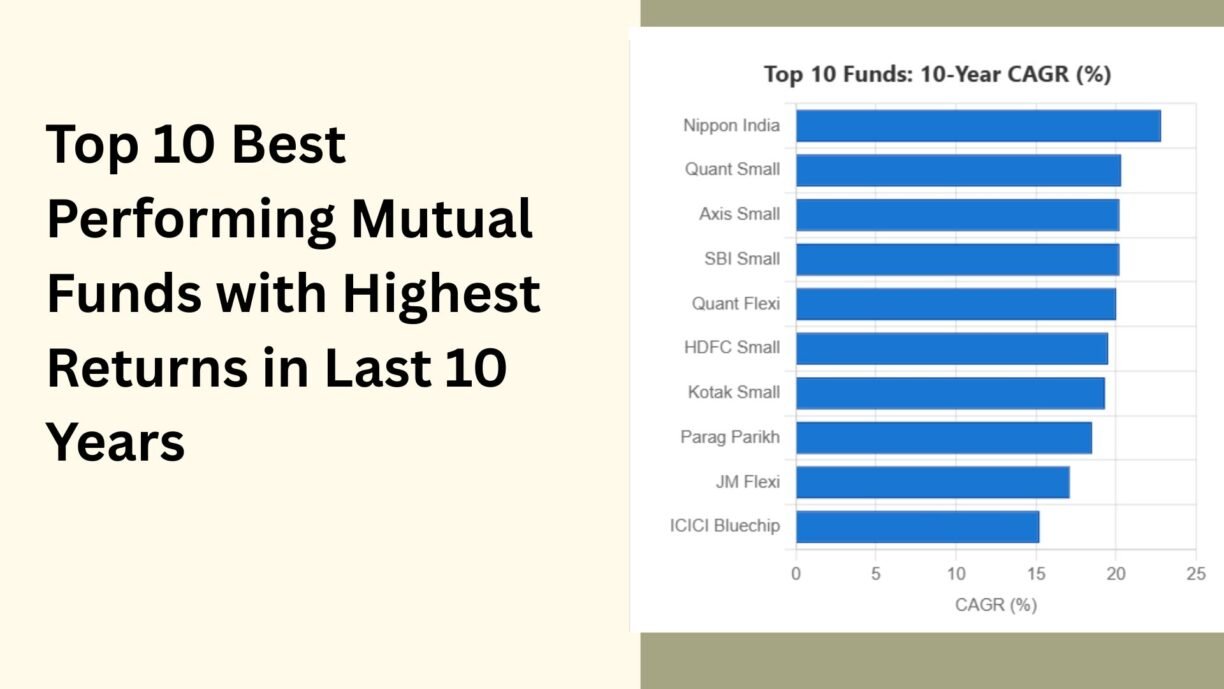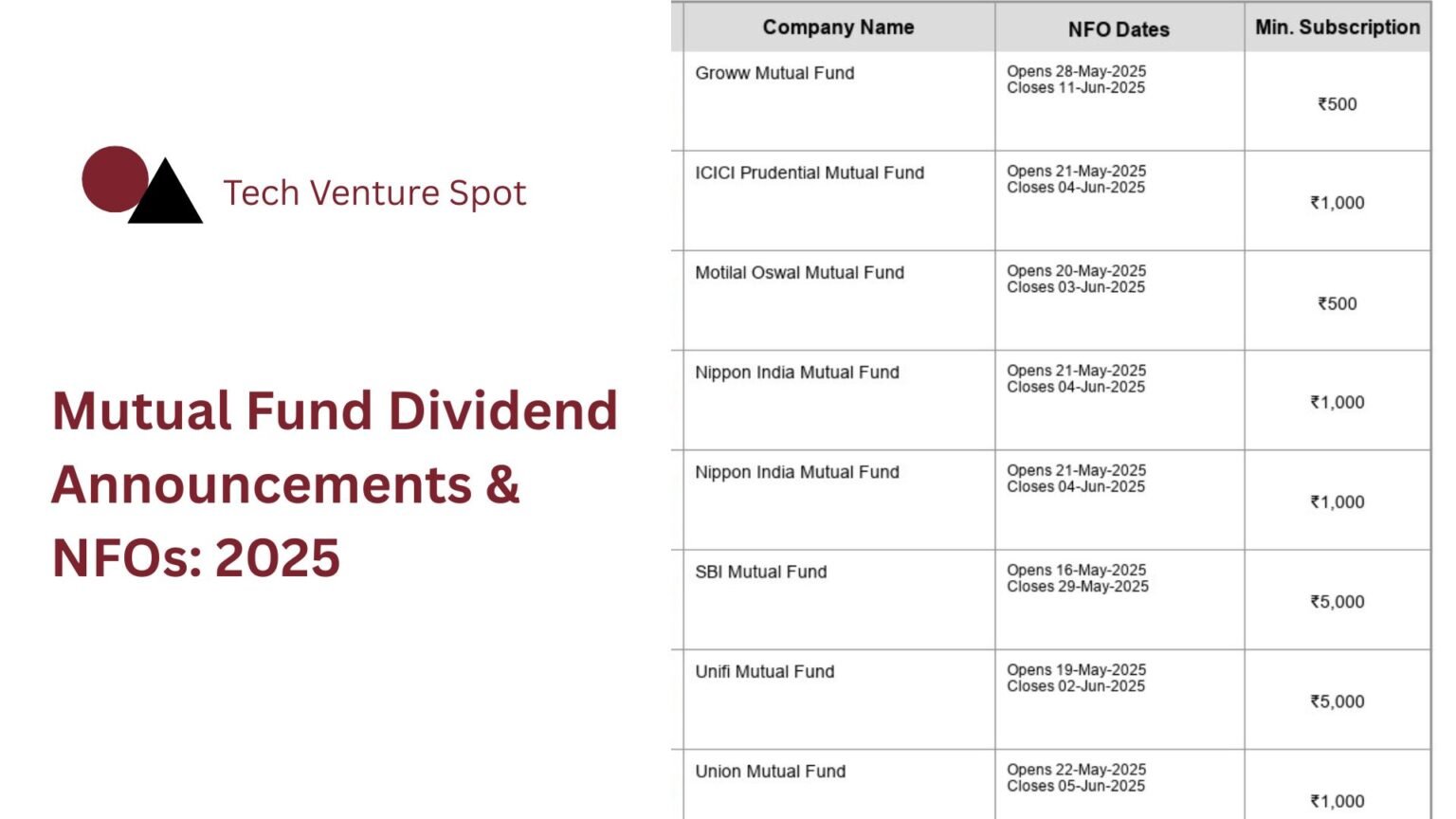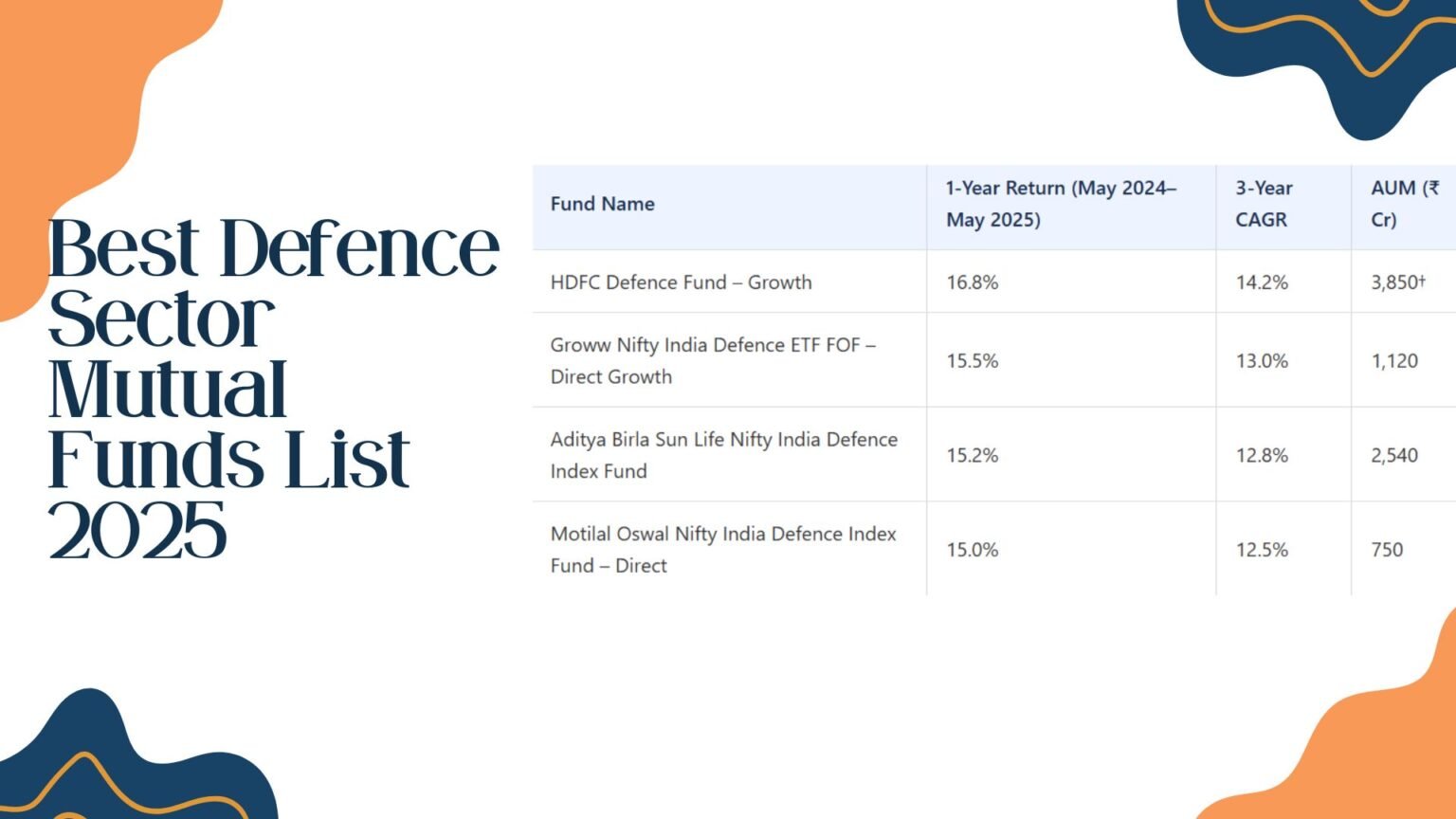1. Introduction: Why This List Matters
Indian equity markets have offered savvy investors a significant opportunity to build wealth over the last decade. Through the power of compounding, even modest annual gains can lead to substantial growth. For instance, a ₹1 lakh investment could grow to nearly ₹3 lakhs in ten years with a steady 12% annual return.
As we approach mid-2025, it's an ideal time to review the Top 10 Best Performing Mutual Funds that have delivered the Highest Returns in the Past 10 Years. In this guide, you will learn:
- How we identified the top 10 highest-return mutual funds.
- Which metrics matter most beyond just raw returns.
- Important lessons for your personal investment portfolio.
- Key tax and regulatory updates to ensure compliance.
- Strategies for SIP and lumpsum investments.
- Common investment mistakes and how to avoid them.
2. Understanding "Best Performing"
What Makes a Winner?
A top-performing fund isn't just about astronomical returns. Our balanced, risk-adjusted definition includes:
- Compound Annual Growth Rate (CAGR): Smooths out market ups and downs into a single, average growth rate.
- Volatility: Measures the intensity of return swings. Lower volatility means a smoother ride and less stress.
- Expense Ratio: Annual fees that directly reduce your profits. Over ten years, even a 1% fee can cause a significant loss.
Why a 10-Year Window?
A ten-year timeframe is crucial because it covers various market cycles, revealing a fund's ability to:
- Thrive during bull markets.
- Withstand major corrections.
- Deliver consistent long-term growth.
This long-term perspective ensures that selections are based on strong fundamentals, not just fleeting trends.
3. Our Choice Methodology
To compile our list of decade-long winners, we followed a rigorous process:
- Scanned all equity schemes from established fund houses.
- Ranked them by 10-year and 5-year CAGR (Direct plans only).
- Filtered by risk indicators like drawdown and standard deviation.
- Penalized funds with high expense ratios to prioritize net returns.
- Verified all data against multiple reliable financial trackers.
Also Read: Jio BlackRock Mutual Fund NFO Launch Details
4. Top 10 Best Performing Mutual Funds (Last 10 Years)
Here are the champion funds, their categories, and their impressive decade-long growth rates.
| Fund (Direct, Growth) | Type | 10-Year CAGR |
|---|---|---|
| Nippon India Small Cap Fund | Small Cap | ~22.8% |
| Quant Small Cap Fund | Small Cap | ~20.3% |
| Axis Small Cap Fund | Small Cap | ~20.2% |
| SBI Small Cap Fund | Small Cap | ~20.2% |
| HDFC Small Cap Fund | Small Cap | ~19.5% |
| Kotak Small Cap Fund | Small Cap | ~19.3% |
| Quant Flexi Cap Fund | Flexible Cap | ~20.0% |
| Parag Parikh Flexi Cap Fund | Flexi Cap | ~18.5% |
| JM Flexi Cap Fund | Flexi Cap | ~17.1% |
| ICICI Prudential Bluechip Fund | Large Cap | ~15.2% |
Speedy Insight: Small-cap and flexi-cap funds have dominated returns, but high-quality large-cap funds also demonstrated solid growth.
5. Comparing Performance Snapshot
Here's how these funds performed over different time horizons (Direct Plan, Growth, as of July 2025).
| Fund | 1-Year Return | 5-Year CAGR | 10-Year CAGR |
|---|---|---|---|
| Nippon India Small Cap | –0.9% | 37.3% | 21.6% |
| Quant Small Cap | –3.8% | 43.7% | 19.9% |
| Axis Small Cap | +6.5% | 30.2% | 18.8% |
| SBI Small Cap | -2.8% | 28.3% | 18.5% |
| Kotak Small Cap | -1.7% | 32.3% | 17.6% |
| HDFC Small Cap | +4.4% | 33.9% | 18.6% |
| Quant Flexi Cap | –8.9% | 31.4% | 18.6% |
| Parag Parikh Flexi Cap | +9.2% | 24.6% | 17.7% |
| JM Flexi Cap | -6.4% | 26.1% | 15.8% |
| ICICI Pru Bluechip | +5.0% | 23.0% | 14.3% |
P.S. A single-year dip does not negate a fund's proven ten-year growth potential.
6. The Decade's Main Lessons
Time in Market Trumps Timing
Missing just the few best days in the market can severely impact your returns. The key is to stay invested for the long haul.
Sector Rotations Count
Winning sectors shifted from IT and consumer goods to banking and mid-caps. Diversification helps you capture growth across different economic cycles.
Fees are a Silent Killer
A seemingly small 1% increase in the expense ratio can erode a significant portion of your returns over a decade.
8. Tax Considerations & Regulatory Changes
Capital Gains Tax (from mid-2024)
- Equity Funds: 12.5% LTCG on gains over ₹1.25 lakh/year; 20% STCG.
- Debt/Hybrid (post Mar 31, 2023): Taxed at your income slab, with no indexation benefit.
SEBI 2025 Highlights
- NFO Deployment: New fund money must be invested within 30 days.
- Tighter Mandates: Funds must strictly adhere to their declared categories.
- More Transparency: Monthly risk meters and volatility charts are now mandatory.
11. Frequently Asked Questions
It's highly recommended to diversify across 2–3 funds. This spreads your risk and prevents a single fund's underperformance from heavily impacting your entire portfolio.
Formal annual reviews are generally sufficient for long-term investors. A quick quarterly check-in can help you stay ahead of any major surprises or strategy deviations by the fund manager.
Historically, investors who remained invested or continued their SIPs during market dips have benefited the most over the long term. Crashes can be seen as opportunities to buy quality assets at a lower price.






